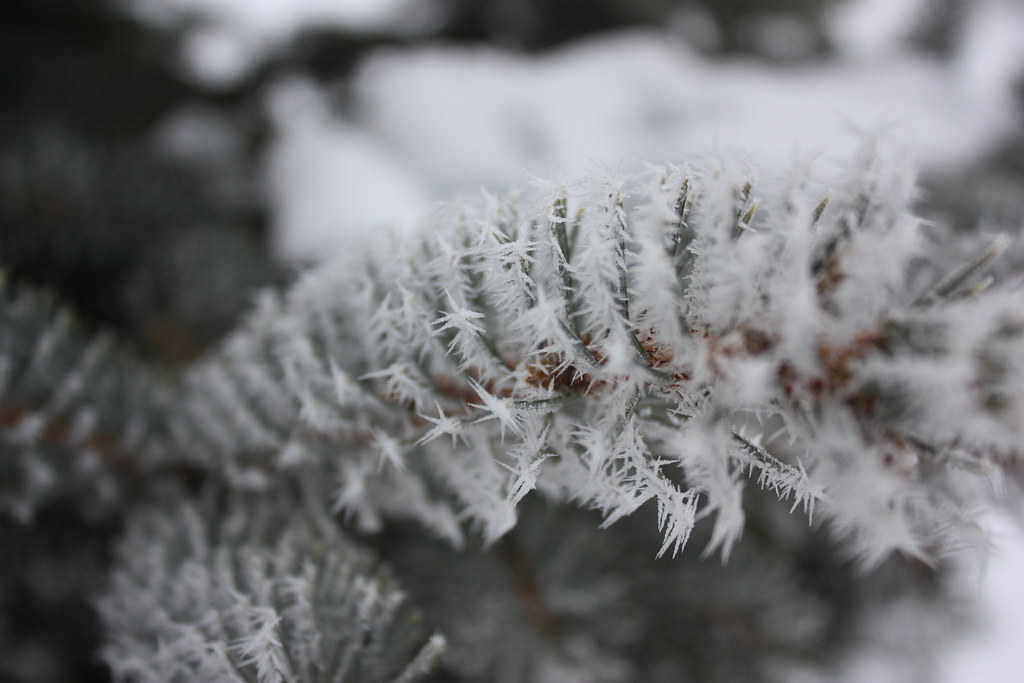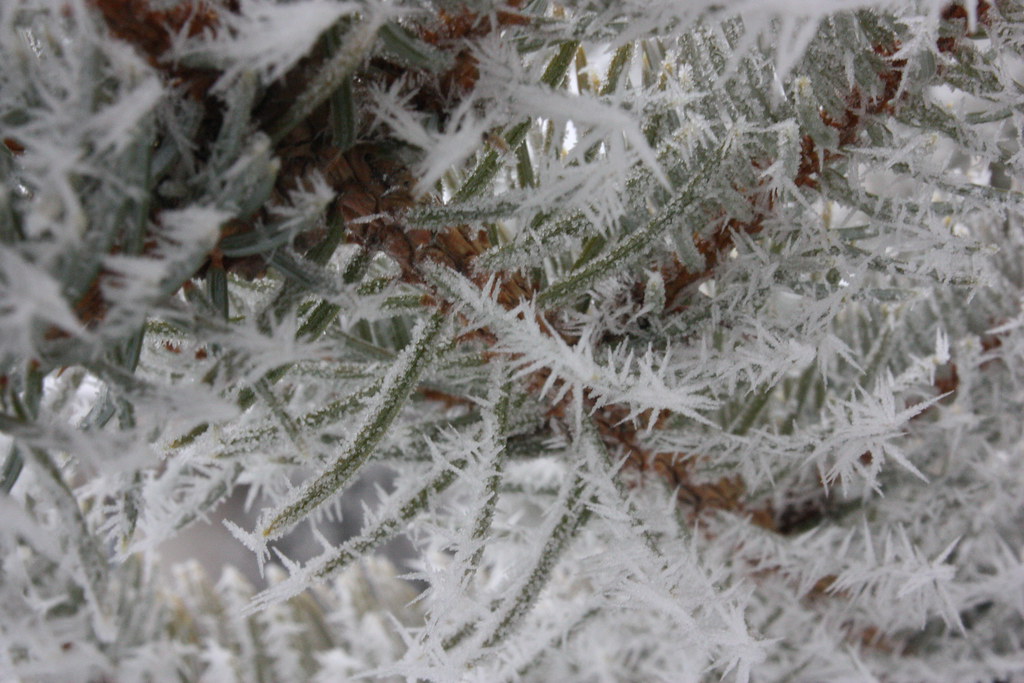Macro photography is close-up photography. I'm not 100% sure why it’s called macro photography, believe me I looked. You'd think it would be something more like micro-photography.
According to Wikipedia, the classical definition is that the image projected on the "film plane" (i.e., film or a digital sensor) is close to the same size as the subject. On 35 mm film (for example), the lens is typically optimized to focus sharply on a small area about the size of the film frame. Basically, it means that when you take a photograph of the subject, the object appears life-sized instead of miniaturized when the photo is printed. The term "macro" has been used in marketing materials to mean a camera is able to focus on a subject close enough so that when a 6×4 inch print is made, the image is life-size or larger.
Lenses designed for macro photography are usually at their sharpest at macro focus distances and are not quite as sharp at long focus distances. That means depth of field is an important consideration in macro photography. Good focus on the most important part of the subject is critical because anything outside the chosen depth of field will be blurry. A small aperture, or high f-number, is advisable to ensure sufficient depth of field and focus. This requires either a slow shutter speed or bright lighting for correct exposure, which brings me to lighting.
If you can't see some of the finer details, there is no way you'll capture it with your camera. Sufficient lighting is absolutely necessary if you want to see everything in the photograph. But, when getting in close, it can be difficult to allow for enough light between the camera and the subject. Some photographers use telephoto macro lenses or ring flashes which circle around the front of a camera lens. But as advertised in this blog, I am an armature! I have not these macro lenses, but maybe I'll get one of those ring flashes later.
I took these pictures today. The single pine branches and frost crystals in this picture aren't shown at a 1:1 magnification ratio, but more like a 1:4 or 1:5. The super-cold in Minnesota has been replaced by some warmth, which melted some of the snow and added moisture to the air. Then when the temperature dropped in the evening, frost began to form and then it slowly built into these long, spiky ice crystals. Shortly after I took these photos in the morning, the sun emerged from behind the clouds and melted them all.



Cool macro shots. I need a macro lens. Micro is a term used by Nikonians. ;)
ReplyDeleteI just need more lenses and filters in general. When I bought my camera, the salesman showed me a lens that was the same price as my Canon. *Drool* Crazy zoom on it. I think I might go long-range when I take the plunge :)
ReplyDeleteHi Sam,
ReplyDeleteI discovered your webpage when viewing the stats for my Wordpress page... your blog came up as a "referrer" to mine. Thanks for including my site in your blog list. It was kind of you.
You wrote:
"If you can't see some of the finer details, there is no way you will capture it with your camera. Sufficient lighting is absolutely necessary if you want to see everything in a photograph"
Try this as an experiment if you wish. Pick an object with some amount of fine detail, place it in a darkened room, too dark for your eyes to notice detail. Take a time exposure (use a tripod or place the camera down and use the timer function) with the exposure the camera suggests and check the image. You might be pleasantly surprised.
Richard
Thanks for the tip, Richard! I will have to try that out for one of my experiments. :)
ReplyDelete